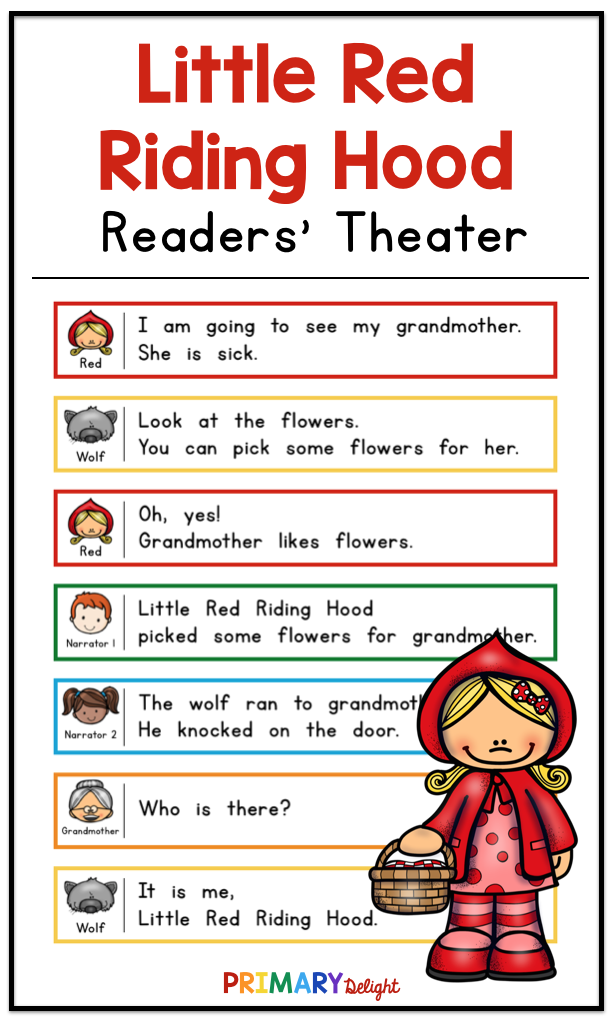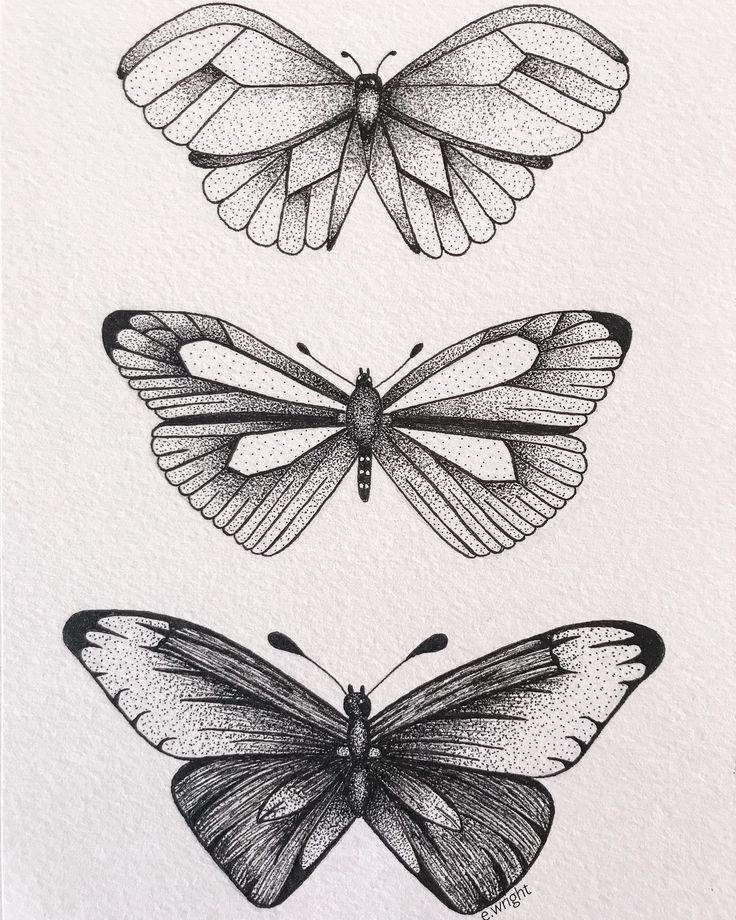Riding hood story
The story of Little Red Riding Hood
[en español]
by Leanne Guenther
Once upon a time, there was a little girl who lived in a village near the forest. Whenever she went out, the little girl wore a red riding cloak, so everyone in the village called her Little Red Riding Hood.
One morning, Little Red Riding Hood asked her mother if she could go to visit her grandmother as it had been awhile since they'd seen each other.
"That's a good idea," her mother said. So they packed a nice basket for Little Red Riding Hood to take to her grandmother.
When the basket was ready, the little girl put on her red cloak and kissed her mother goodbye.
"Remember, go straight to Grandma's
house," her mother cautioned. "Don't dawdle along the way and please don't talk to strangers! The woods are dangerous. "
"Don't worry, mommy," said Little Red Riding Hood, "I'll be careful."
But when Little Red Riding Hood noticed some lovely flowers in the woods, she forgot her promise to her mother. She picked a few, watched the butterflies flit about for awhile, listened to the frogs croaking and then picked a few more.
Little Red Riding Hood was enjoying the warm summer day so much, that she didn't notice a dark shadow approaching out of the forest behind her...
Suddenly, the wolf appeared beside her.
"What are you doing out here, little girl?" the wolf asked in a voice as friendly as he could muster.
"I'm on my way to see my Grandma who lives through the forest, near the brook," Little Red Riding Hood replied.
Then she realized how late she was and quickly excused herself, rushing down the path to her Grandma's house.
The wolf, in the meantime, took a shortcut.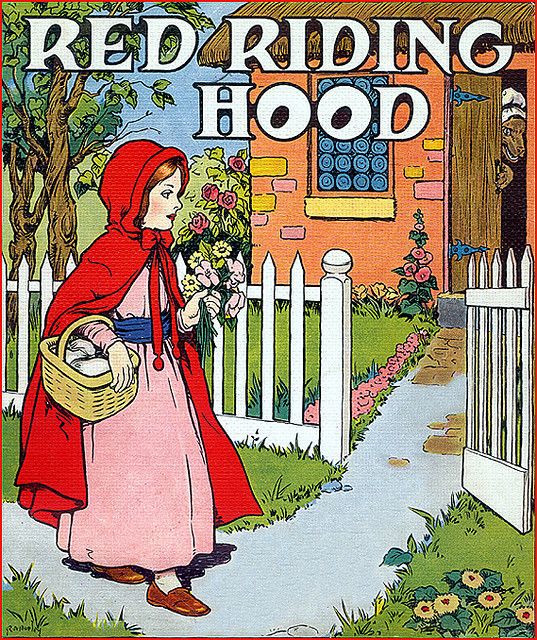 ..
..
The wolf, a little out of breath from running, arrived at Grandma's and knocked lightly at the door.
"Oh thank goodness dear! Come in, come in! I was worried sick that something had happened to you in the forest," said Grandma thinking that the knock was her granddaughter.
The wolf let himself in. Poor Granny did not have time to say another word, before the wolf gobbled her up!
The wolf let out a satisfied burp, and then poked through Granny's wardrobe to find a nightgown that he liked. He added a frilly sleeping cap, and for good measure, dabbed some of Granny's perfume behind his pointy ears.
A few minutes later, Red Riding Hood knocked on the door. The wolf jumped into bed and pulled the covers over his nose. "Who is it?" he called in a cackly voice.
"It's me, Little Red Riding Hood."
"Oh how lovely! Do come in, my
dear," croaked the wolf.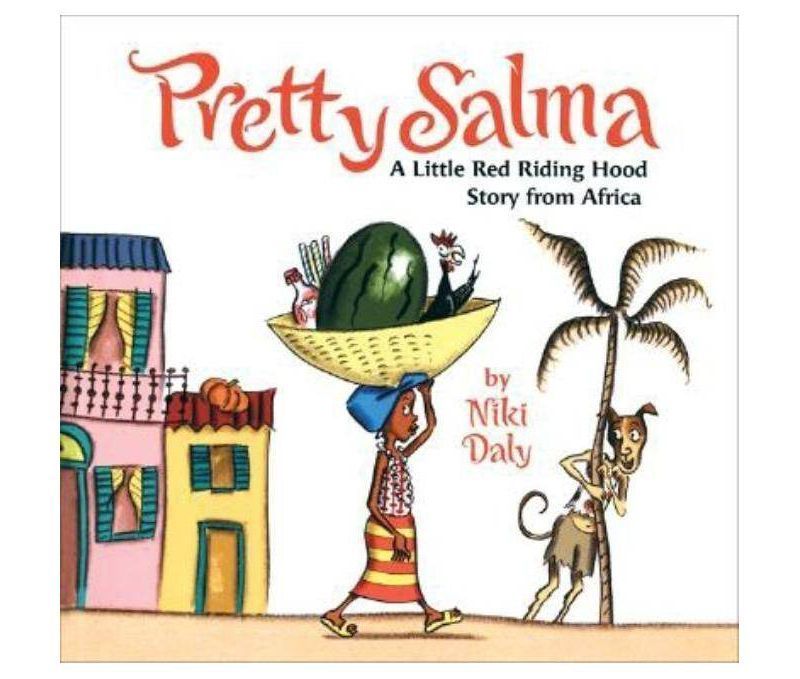
When Little Red Riding Hood entered the little cottage, she could scarcely recognize her Grandmother.
"Grandmother! Your voice sounds so odd. Is something the matter?" she asked.
"Oh, I just have touch of a cold," squeaked the wolf adding a cough at the end to prove the point.
"But Grandmother! What big ears you have," said Little Red Riding Hood as she edged closer to the bed.
"The better to hear you with, my dear," replied the wolf.
"But Grandmother! What big eyes you have," said Little Red Riding Hood.
"The better to see you with, my dear," replied the wolf.
"But Grandmother! What big teeth you have," said Little Red Riding Hood her voice quivering slightly.
"The better to eat you with, my dear," roared the wolf and he leapt out of the bed and began to chase the little girl.
Almost too late, Little
Red Riding Hood realized that the person in the bed was not her
Grandmother, but a hungry wolf.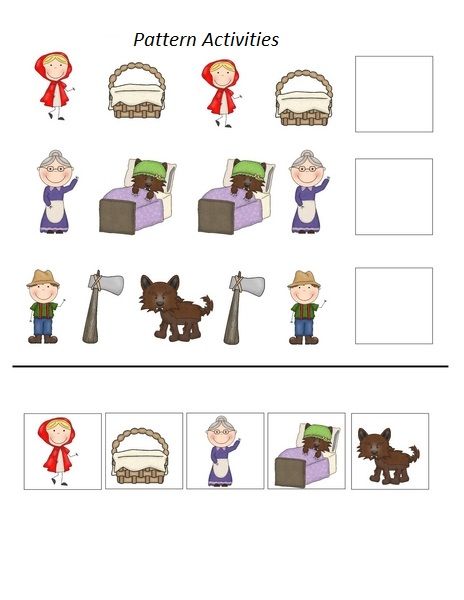
She ran across the room and through the door, shouting, "Help! Wolf!" as loudly as she could.
A woodsman who was chopping logs nearby heard her cry and ran towards the cottage as fast as he could.
He grabbed the wolf and made him spit out the poor Grandmother who was a bit frazzled by the whole experience, but still in one piece."Oh Grandma, I was so scared!" sobbed Little Red Riding Hood, "I'll never speak to strangers or dawdle in the forest again."
"There, there, child. You've learned an important lesson. Thank goodness you shouted loud enough for this kind woodsman to hear you!"
The woodsman knocked out the wolf and carried him deep into the forest where he wouldn't bother people any longer.
Little Red Riding Hood and her Grandmother had a nice lunch and a long chat.
Printable version of this page
Story Pages Templates:
- Close the template window after printing to return to this screen.
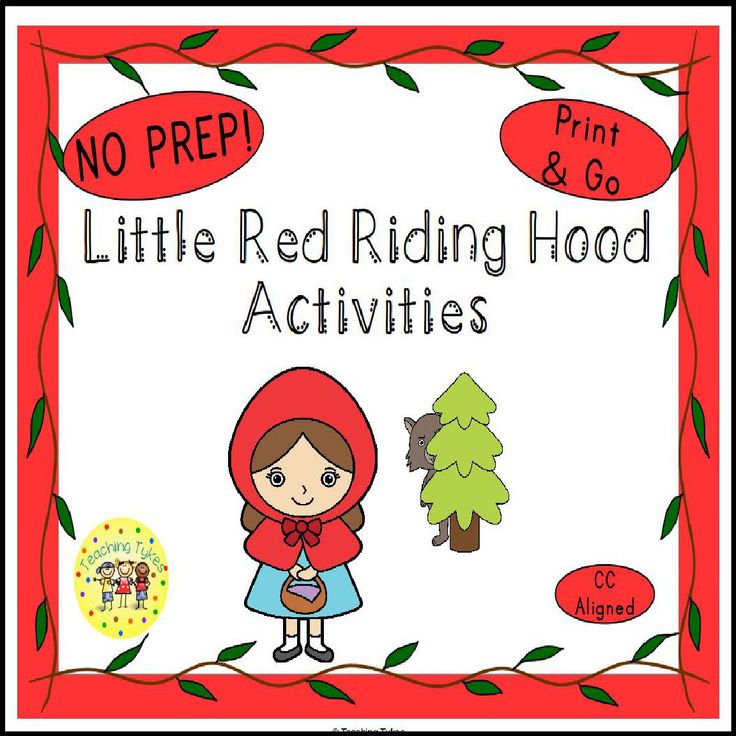
- Set page margins to zero if you have trouble fitting the template on one page (FILE, PAGE SETUP or FILE, PRINTER SETUP in most browsers).
Template Page 1 (color) or (B&W)
Template Page 2 (color) or (B&W)
Template Page 3 (color) or (B&W)
Template Page 4 (color) or (B&W)
Template Page 5 (color) or (B&W)
Template Page 6 (color) or (B&W)
Template Page 7 (color) or (B&W)
Template Page 8 (color) or (B&W)
Template Page 9 (color) or (B&W)
Template Page 10 (color) or (B&W)
Little Red Riding Hood Keepsake Stories Storybook Grade PK-3 Paperback
Keepsake Stories
Look Inside
Keepsake Stories
- 32 pages
- PreK-Grade 3 / Ages 4-9
Now:
$3. 99
99
Description
In this beloved tale, Little Red Riding Hood is uneasy when her grandmother looks suspiciously like a sly wolf that she met along the way. Children will eagerly continue reading to see what will happen when the wolf shows how big and sharp his teeth are!
Between the pages of the Brighter Child® Keepsake Stories books are the classic tales of magic, imagination, and inspiration that will delight children again and again. From the hard-working Red Hen to the foolish Gingerbread Man, these stories will capture children’s interest and spark their imagination page after page, inspiring a lifelong love of literature and reading. Each book includes 32 pages of fresh, captivating illustrations, and measures 8" x 8".
Specs
| UPC | 609746300704 |
| ISBN | 9781577681984 |
| Product Detail | Storybook |
| Series | Keepsake Stories |
| Topics | Center Management |
| Topics | Centers |
| Topics | Library Books |
| Subjects | Fiction |
| Subjects | Reading |
| Themes | Fairy Tales & Nursery Rhymes |
Free Resources
Reviews
The history of the appearance and development of the hood from antiquity to the present
in Headwear
Hood - a piece of clothing, a folding headgear that is sewn or fastened to the collar of clothing. The etymology of the word is related to the French word cappuchon, and the Latin caputium, which translates as a monk's hat.
The etymology of the word is related to the French word cappuchon, and the Latin caputium, which translates as a monk's hat.
In ancient times, there was such a type of clothing as a cap - a semicircular or round cape, similar in design and functionality to a modern raincoat. In those days there were many pilgrims, travelers, such a cloak was an excellent escape from the cold, wind and other bad weather. It was sewn from dense fabric, while a cut was made in the front, and a hood was sewn on the back. The cloak was made in a large size, in everyday life it was not decorated with anything. In the Middle Ages, there was a ban on wearing a hat. Jews, lepers, women who provide sexual services were forbidden to wear such a cloak. Representatives of the clergy and the ruling dynasty had the right to wear an expensively decorated hat. The hat was sewn from expensive silk and decorated with embroidery. Representatives of these classes wore such hats at important receptions, services in the church.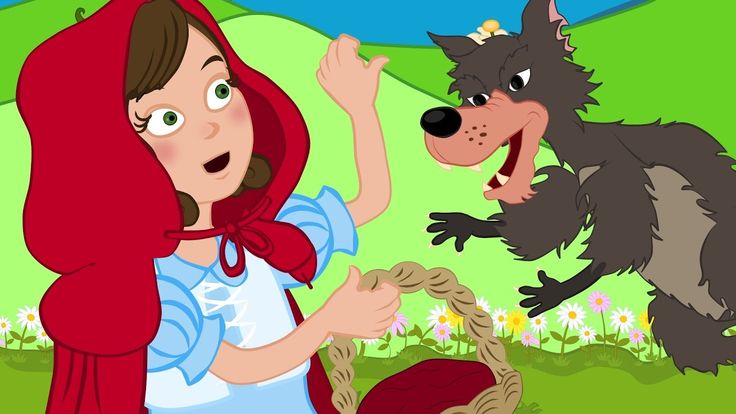 nine0003
nine0003
Clothing of monks and an element of mourning vestments
The reigning dynasties contributed to the spread of the hood. The headdress was especially widespread during the Merovingian times of the 5th-8th centuries and the Valois dynasty of the 14th-17th centuries. White, expensively decorated headdresses, had the right to wear only the reigning persons. For other classes, red, purple, blue were allowed. A pattern was traced: the larger the size of such a headdress, the higher the wealth and rank of the owner. Fur was used to decorate the edge. The hood was also used as an element of mourning clothing. Until mourning clothes became regulated, people simply chose clothes in darker colors, without decorations. The hood was not put on the head, but simply wrapped around the neck. Thus, mourning was expressed in Western Europe. In this case, there were no class restrictions on wearing a hood. nine0003
One of the brightest historical episodes is associated with the use of a hood as an element of a monk's clothing.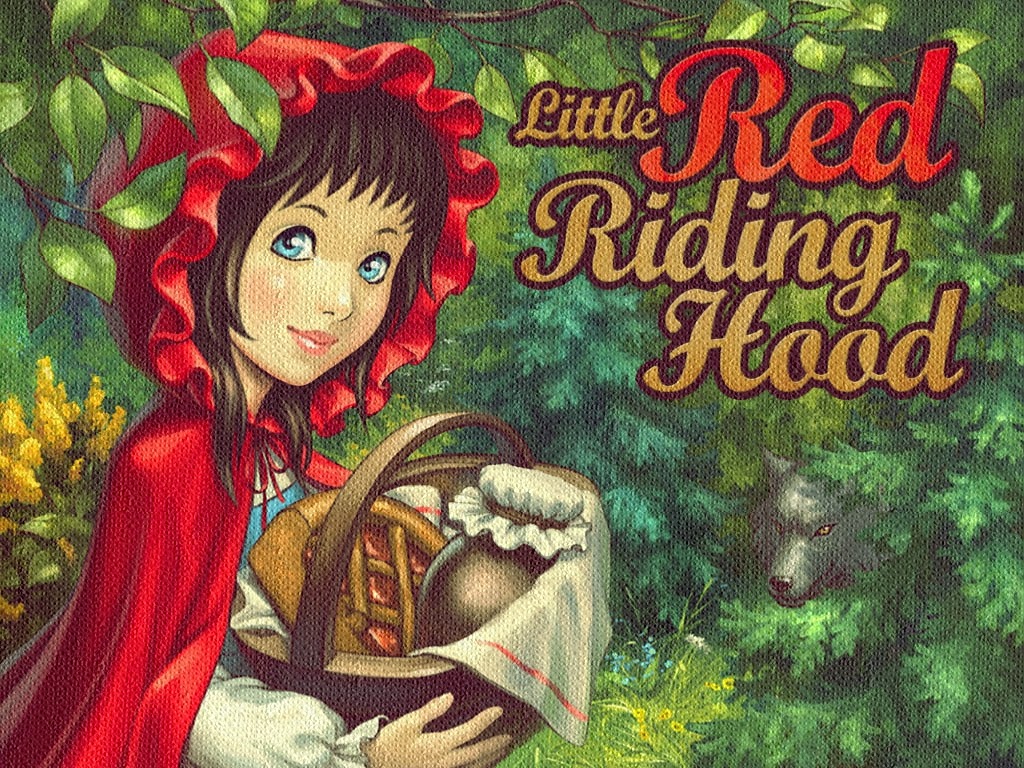 For the church, the hood is a symbol of detachment from the world, spirit, thought. The hood had a brown color, a sharp end. Thanks to the pointed hood, one of the directions of the monks was called the Order of the Friars Minor Capuchins, founded in 1527 in Italy.
For the church, the hood is a symbol of detachment from the world, spirit, thought. The hood had a brown color, a sharp end. Thanks to the pointed hood, one of the directions of the monks was called the Order of the Friars Minor Capuchins, founded in 1527 in Italy.
The hood in the modern world
The hood is ubiquitous in the modern world. There are no medieval restrictions on wearing it. It can be present everywhere - in T-shirts, sweatshirts, jackets. At the beginning of the XXI century, it is part of evening, romantic, wedding dresses. Nowadays, the hood is an important element of youth style, it is used instead of a headdress. The hood has a unique feature to give a sense of security from the outside world, adverse weather conditions. nine0003
Previous History of the leather jacket
Next History of the cosmetic bag
When did the hood appear? Origin of
When did the hood appear and what does it mean to us? The history of its origin goes back centuries and is of a religious nature.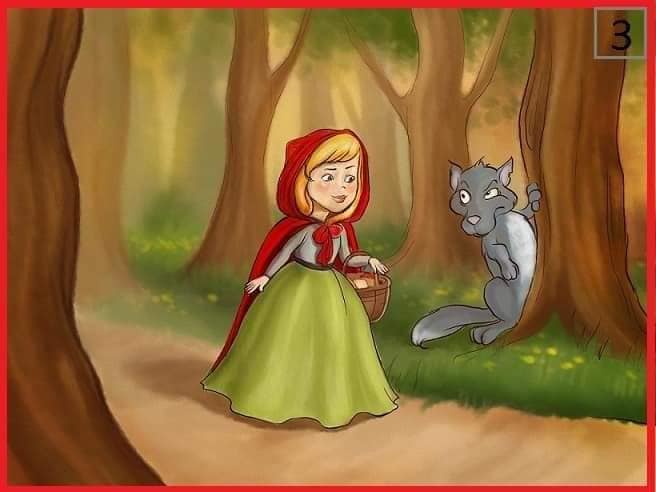 Now the hood is primarily an element of clothing that we use for protective purposes. Many have now stopped wearing hats and are happy to use a hood. It lies beautifully on the shoulders, and dressed on the head creates a feeling of security and comfort. Therefore, it is so common in sportswear, the motto of which is: "... convenience and practicality ...". I pulled on the hood of a warm sweater, put the earphones from the player into my ears and went for a morning or evening jog. Nothing will distract from a pleasant activity and create, albeit temporarily, the illusion of solitude from the world. nine0003
Now the hood is primarily an element of clothing that we use for protective purposes. Many have now stopped wearing hats and are happy to use a hood. It lies beautifully on the shoulders, and dressed on the head creates a feeling of security and comfort. Therefore, it is so common in sportswear, the motto of which is: "... convenience and practicality ...". I pulled on the hood of a warm sweater, put the earphones from the player into my ears and went for a morning or evening jog. Nothing will distract from a pleasant activity and create, albeit temporarily, the illusion of solitude from the world. nine0003
The hood is also convenient because for many things it is a separate part that can be unfastened if desired. By the way, it has been like this since ancient times, it was used as a headdress, which was fastened or sewn to the collar of outerwear. The word hood comes from the French cappuchon , and also from the Latin sarra - a monastic headdress, hood.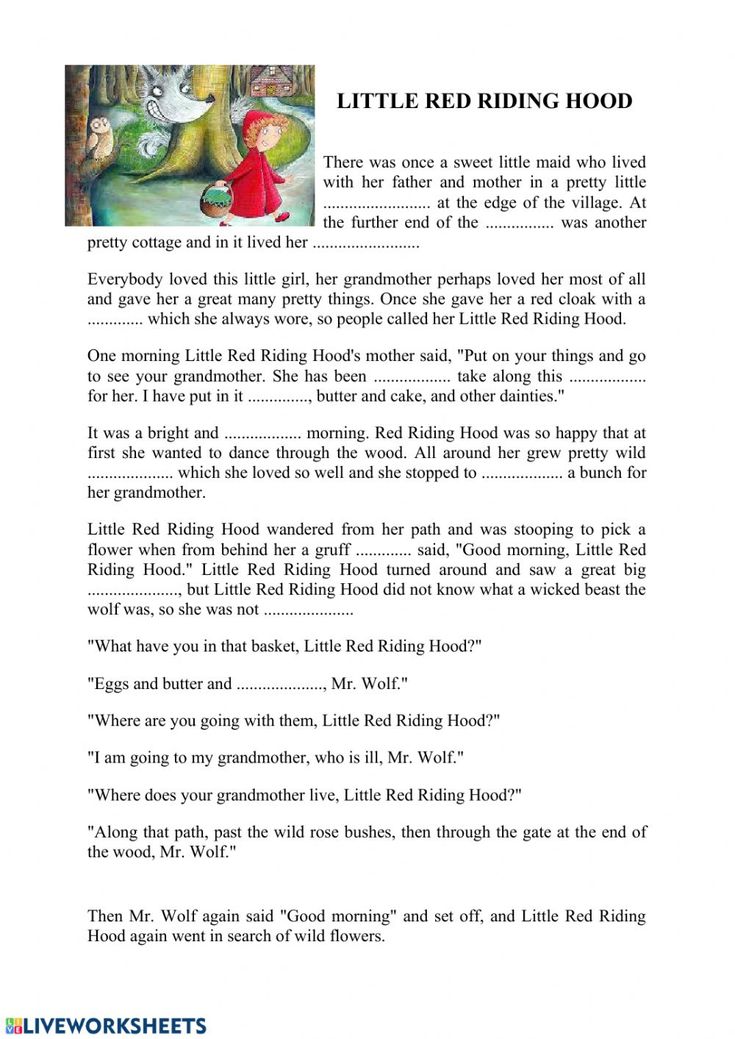 Very often it was part of the monastic costume, as it symbolized retreat, death and invisibility. There is another symbolic meaning of this headdress - it is thought and spirit. Thanks to the pointed brown hood attached to outerwear, one of the many branches of the monastic order of the Franciscans got its name - the Order of Friars Minor Capuchins. It was founded in Italy in 1527. nine0003
Very often it was part of the monastic costume, as it symbolized retreat, death and invisibility. There is another symbolic meaning of this headdress - it is thought and spirit. Thanks to the pointed brown hood attached to outerwear, one of the many branches of the monastic order of the Franciscans got its name - the Order of Friars Minor Capuchins. It was founded in Italy in 1527. nine0003
Detachable hood can be called a universal headdress that took root in all classes during the Merovingian times (the first royal dynasty in the Frankish state, the end of the 5th - 8th centuries), as well as during the reign of the House of Valois (14th - 16th centuries). The appearance of the hood depended on the status of its owner. The larger the hood, the nobler and richer its owner. More fur went to the edge, and the tip, called the shlyk, was longer. The royal hoods were predominantly white and were elaborately jeweled. The rest could be of different colors: blue, burgundy, red, purple, brown-buff. nine0003
nine0003
At a time when the appearance of mourning clothes was not yet precisely defined, people simply wore a “humble dress”, dark colors, and also refused jewelry. On such days, the hood was not pulled over the head, but was worn over the shoulders, wrapping the hat around the neck. So people had the opportunity to express their grief for their relatives. On the territory of Western Europe, such manipulations with the "tail" of the hood could be done by everyone who wanted to make public their grief - knights and merchants, townspeople and peasants. Having survived the Romanesque era, the hood has not lost its significance in the Gothic. nine0003
Even in the ancient world, there was a round or semicircular cape - a hat, commonly referred to as a raincoat. She took a stable position in the medieval wardrobe. The cape was cut from dense matter, a cut was made in front, and a hood was attached to the back. For wanderers and pilgrims, this cloak has become a favorite garment. Since during the Middle Ages chaotic movements, military expeditions were the norm, there were a lot of traveling people, practically living on the road. A large raincoat served as reliable protection for them, like the walls of their own home. Its value was difficult to overestimate, so he did not need jewelry, and an unworthy or considered such person was deprived of the right to wear it. There was a ban that applied to lepers, corrupt women and Jews of other faiths, which denied them the right to wear a hat. Therefore, in the crowd it was possible to immediately identify a stranger or an outcast by the absence of a cloak. nine0003
A large raincoat served as reliable protection for them, like the walls of their own home. Its value was difficult to overestimate, so he did not need jewelry, and an unworthy or considered such person was deprived of the right to wear it. There was a ban that applied to lepers, corrupt women and Jews of other faiths, which denied them the right to wear a hat. Therefore, in the crowd it was possible to immediately identify a stranger or an outcast by the absence of a cloak. nine0003
The highest clergy and persons of royal blood wore a hat made of patterned silk or embroidered. In a precious cloak, they appeared before their subjects during the festive service in the church and at large receptions.
Any restrictions on wearing a hood seem ridiculous these days. It has the right to be worn by absolutely anyone, regardless of status and religion. Dresses, blouses, outerwear, various sweaters may have a hood. The size of which can also vary from small to too voluminous, falling over the shoulders.